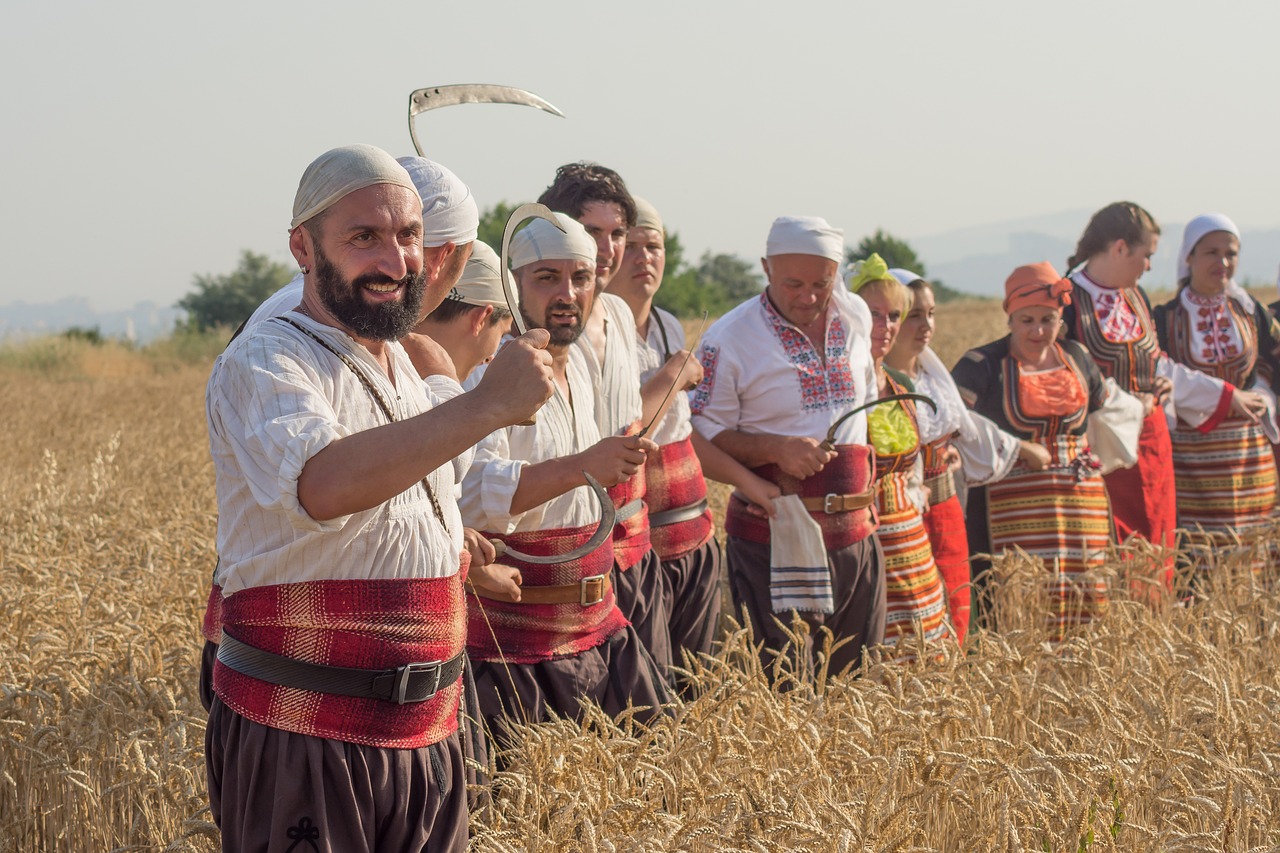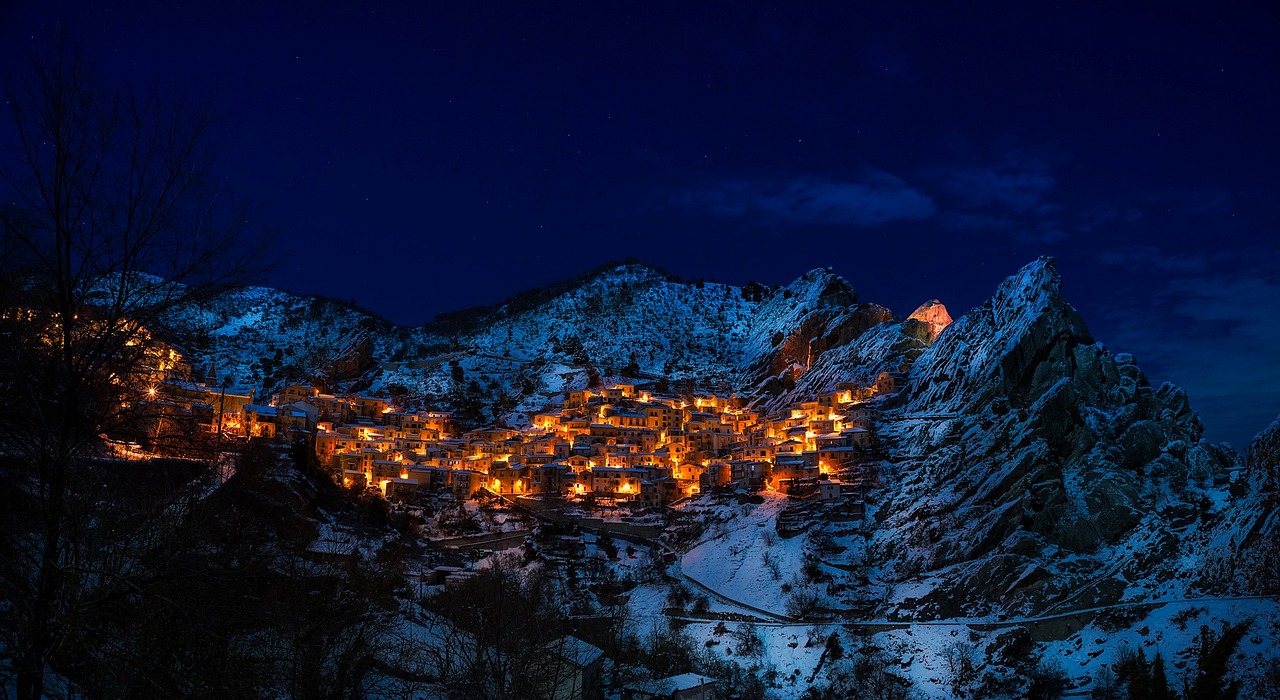Nestled along the picturesque seashore, Zlatni Pyasatsi Natural Park stands as a testament to the awe-inspiring beauty of Bulgaria’s natural landscapes. Spanning a modest 13.2 square kilometers, this park, established in 1943, is a haven for the preservation of both plant and animal life.
As part of the renowned Natura 2000 ecological network, Zlatni Pyasatsi Natural Park showcases a continental Mediterranean climate, characterized by cool springs, warm summers, long autumns, and mild winters.
Within its boundaries, an extraordinary array of flora and fauna flourish. A symphony of Oriental Hornbeam, Turkey Oak, Manna Ash, Lilac, Jasmine, and Eurasian Smoke tree grace the landscape, creating a vibrant tapestry of color and fragrance.
Meanwhile, the park’s wildlife population is equally diverse, boasting an impressive 621 invertebrate species, 11 reptile species, 122 bird species, and 27 small mammal species.
For those seeking to immerse themselves in the wonders of nature, Zlatni Pyasatsi Natural Park offers an extensive network of hiking and nature exploration routes, as well as recreational sites equipped with sheds, gazebos, and viewing places. Visitors are also invited to explore the historic Aladzha Monastery, a renowned tourist site within the park’s embrace.
Discover the untamed beauty and biodiversity of Zlatni Pyasatsi Natural Park, where freedom and harmony with nature prevail.
Key Takeaways
- Zlatni Pyasatsi Natural Park is the smallest park in Bulgaria, covering an area of 13.2 sq km.
- The park is located 17 km northeast of Varna, along the seashore, and surrounds the resort complex of Zlatni Pyasatsi.
- The park was established on February 3, 1943, with the purpose of preserving valuable plant and animal species and typical landscapes.
- Zlatni Pyasatsi Natural Park is part of the ecological network Natura 2000 and is known for its diverse range of plant and animal species.
What is it?
Zlatni Pyasatsi Natural Park is a protected area located 17 km northeast of Varna, along the seashore, and it was established in 1943 with the purpose of preserving valuable plant and animal species and typical landscapes.
The park plays a vital role in conservation efforts, as it is part of the ecological network Natura 2000. It is the smallest park in Bulgaria, covering an area of 13.2 sq km.
The park’s ecological importance lies in its diverse range of plant species, including Oriental Hornbeam, Turkey Oak, Manna Ash, and sub-Mediterranean flora species such as Lilac, Jasmine, and Eurasian Smoke tree. It is also rich in wildlife, with 621 invertebrate species, 11 reptile species, 122 bird species, and 27 small mammal species.
The park offers a unique opportunity for visitors to explore and appreciate the biodiversity of the area while enjoying the recreational sites and tourist routes available.
Location and Establishment
Located 17 km northeast of Varna, along the seashore, the smallest park in Bulgaria covers an area of 13.2 sq km and was established on February 3, 1943.
Zlatni Pyasatsi (Golden Sands) Natural Park is easily accessible from Varna, with various transportation options available. Visitors can reach the park by car, taking the Varna-Zlatni Pyasatsi-Albena road. Additionally, public transportation, such as buses or taxis, can be used to get to the park.
It is important for visitors to adhere to the park regulations, which include respecting the natural environment, not littering, and avoiding any disturbance to wildlife. Visitors are also encouraged to stay on designated paths and trails to minimize their impact on the park’s delicate ecosystems.
Flora and Fauna
The flora and fauna of the smallest park in Bulgaria exhibit a diverse range of plant species and a rich wildlife population. Conservation efforts in Zlatni Pyasatsi Natural Park are of utmost importance due to its unique plant and animal species.
The park is home to a variety of plant species, including the Oriental Hornbeam, Turkey Oak, and Manna Ash. Additionally, it boasts a sub-Mediterranean flora, with species such as Lilac, Jasmine, and the Eurasian Smoke tree.
The park’s wildlife is equally impressive, with a total of 621 invertebrate species, 11 reptile species, 122 bird species, and 27 small mammal species.
The abundance and diversity of plants and animals in Zlatni Pyasatsi Natural Park highlight the need for ongoing conservation efforts to preserve these valuable species and maintain the park’s unique biodiversity.
Frequently Asked Questions
What are the recreational activities available in Zlatni Pyasatsi Natural Park?
Zlatni Pyasatsi Natural Park offers a range of recreational activities. Bird watching enthusiasts can enjoy spotting the park’s 122 bird species. Hiking enthusiasts can explore the park’s five special and five tourist routes for nature exploration.
Are there any accommodations available within the park?
Accommodation options within Zlatni Pyasatsi Natural Park include resorts and hotels located in the surrounding resort complex. Park facilities consist of recreational sites with sheds, gazebos, and viewing places for visitors to enjoy the natural surroundings.
What is the historical significance of the Aladzha Monastery?
The Aladzha Monastery holds historical importance due to its architectural beauty. Situated within Zlatni Pyasatsi Natural Park, it is a significant cultural and religious site, attracting visitors with its ancient rock-cut monastery and stunning frescoes.
How can visitors access the park from Varna?
Visitors can access Zlatni Pyasatsi Natural Park from Varna through various transportation options. These options include private vehicles, public buses, and taxis. The park is located 17 km northeast of Varna, along the seashore.
Are there any restrictions or regulations for visitors in the park?
There are various visitor restrictions and park regulations in place at Zlatni Pyasatsi Natural Park. These regulations aim to ensure the preservation of the park’s biodiversity and include restrictions on camping, fishing, and collecting plants or animals.












